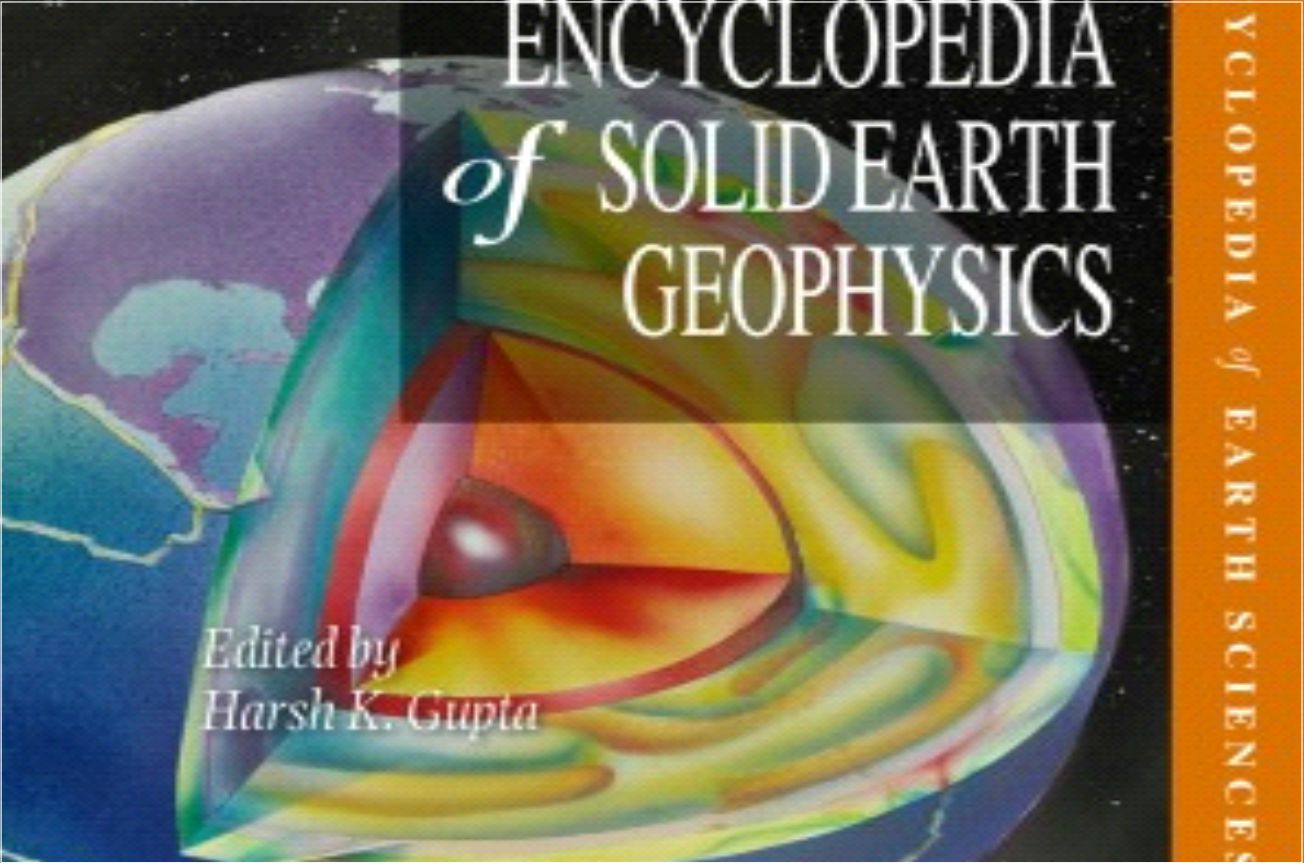Seismic Waveform Modelling and Tomography (2020)

Tomography: a seismic inversion method to produce slicing image of the internal structures of an object, by recording seismic wavefield propagating through and scattered-refracted-reflected back from the object and observing the difference in the effects on the wave energy impinging on those structures.

Seismic waveform tomography uses the original waveform recordings and wave equation modelling to extract high-resolution tomographic images from seismic data. Waveform tomography uses a group of frequencies simultaneously in an iterative inversion, and proceeds from low to high frequencies.
For seismic data with multiple sources, shot encoding which encodes all shots randomly and sums them into one super shot is an effective strategy to reduce the computational cost significantly by reducing the number of wavefield simulations in the inversion. However, this process will induce instability in the iterative inversion regardless of whether it uses a robust L-BFGS algorithm. The restarted L-BFGS algorithm is both stable and efficient.
Even for seismic reflection data with limited source-receiver offsets, the waveform tomography also can potentially image subsurface features with detailed spatial variation at sub-wavelength scales.
This article is published in the Encyclopedia of Solid Earth Geophysics (2nd edition), doi: 10.1007/978-3-030-10475-7_211-1.